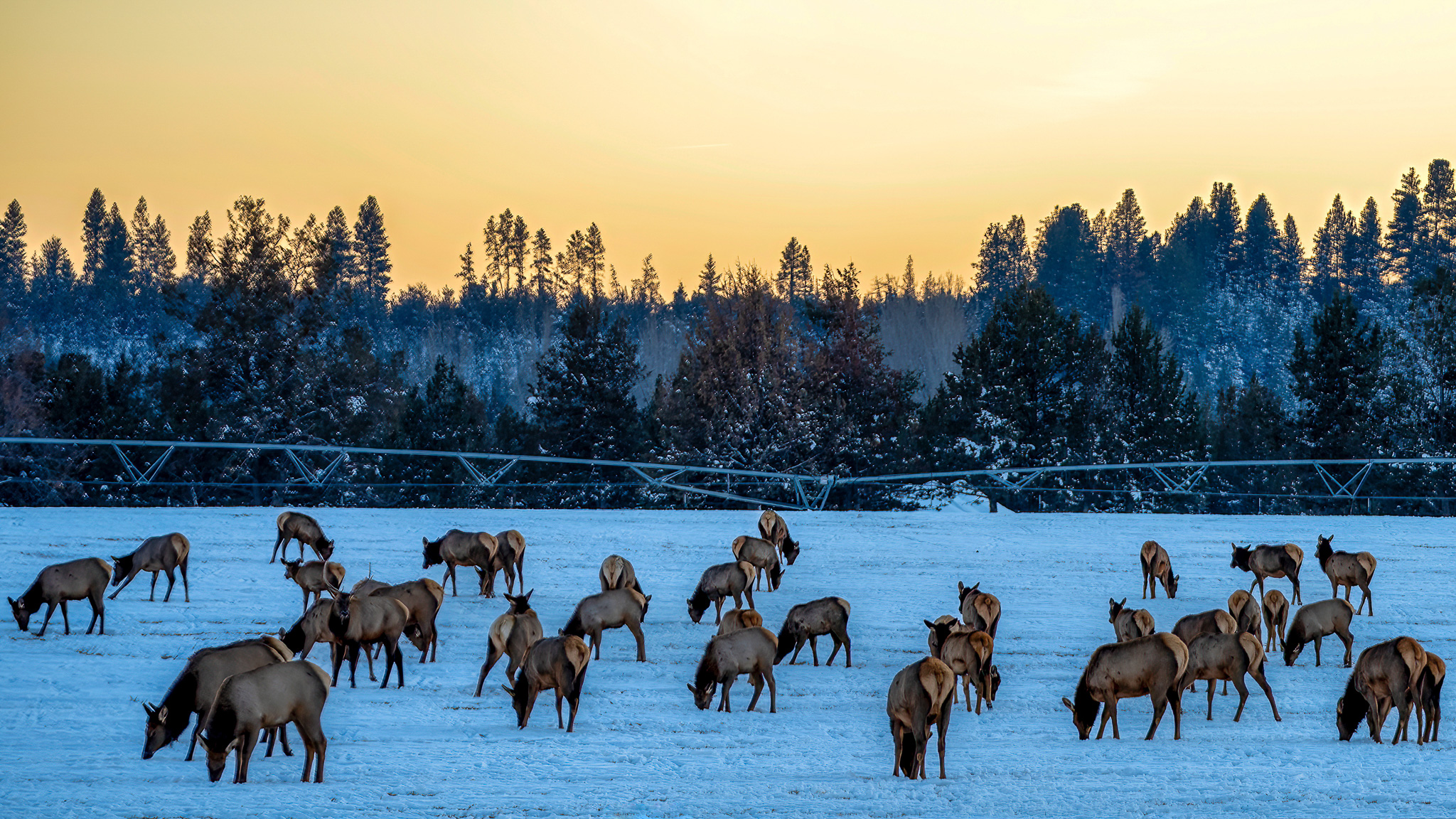
New ‘Elk Rent’ Program to Pay Ranchers Each Day Herds Are on Their Land
A new program in Montana's Paradise Valley would subsidize ranchers and farmers with so-called elk rent payments for elk using their land.
 www.outdoorlife.com
www.outdoorlife.com
Apologies if this is listed within a diferent thread title though this article just hit my feed dated Dec 21st. Looks like PERC has been working on it for the past month. If discussed prior I'll delete the thread though share the thread link, please.
Otherwise - if not discussed... Holy chit!




